Planning a family holiday that is both exciting for kids and relaxing for parents can be challenging. If you’re looking for a warm, safe, and adventure-filled getaway, St. Lucia, South Africa, is the perfect destination. Nestled along the coast of iSimangaliso Wetland Park, this small town offers beautiful beaches, unique wildlife experiences, and family-friendly accommodations—all without the crowds and high prices of larger tourist hubs. For European families seeking an escape from...
St Lucia Birding Tours with Ian Ferreira
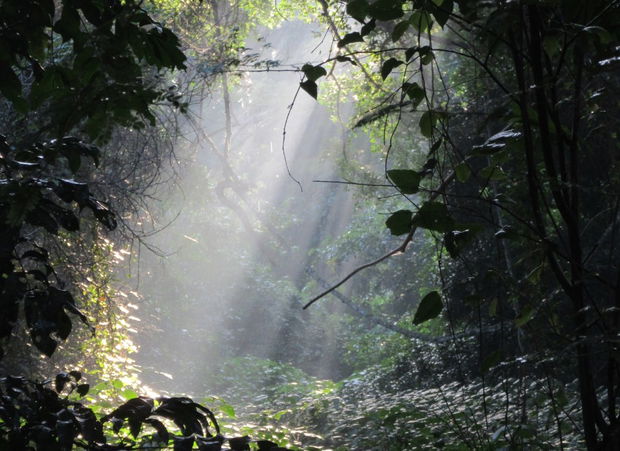
There’s something about arriving in St Lucia that makes you instinctively lower your voice. Maybe it’s the way the trees arch overhead, forming quiet green tunnels. Or the slow turn of the estuary waters as they catch the late afternoon light. But mostly, it’s the sense that you’ve stepped into a place that never quite stopped listening.
Arrival in St Lucia: Where the Wild Still Whispers
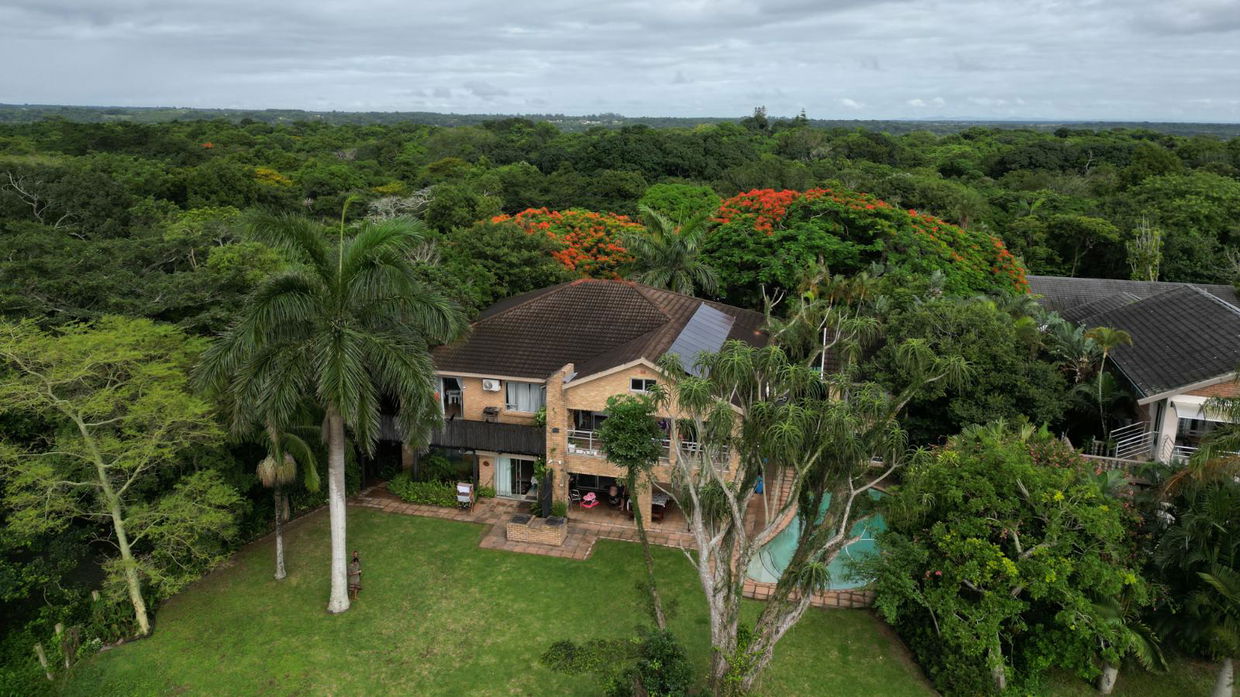
At Ingwenya Lodge, the transition is seamless. Perched just beyond the bustle of the village – if you could call it that – the lodge sits on the edge of the iSimangaliso Wetland Park, where the forest folds into the estuary, and hippos graze the garden by moonlight. You’re barely unpacked before nature begins to tap gently at the window: the rustle of banana leaves, the metallic call of a turaco, the high-pitched trill of something you can’t yet name.
This is where most birding stories in St Lucia begin. Not with binoculars or field guides – but with a feeling. A hush. A pull. And eventually, with a name: Ian Ferreira.
Meeting Ian Ferreira: The Man Who Hears in Feathers
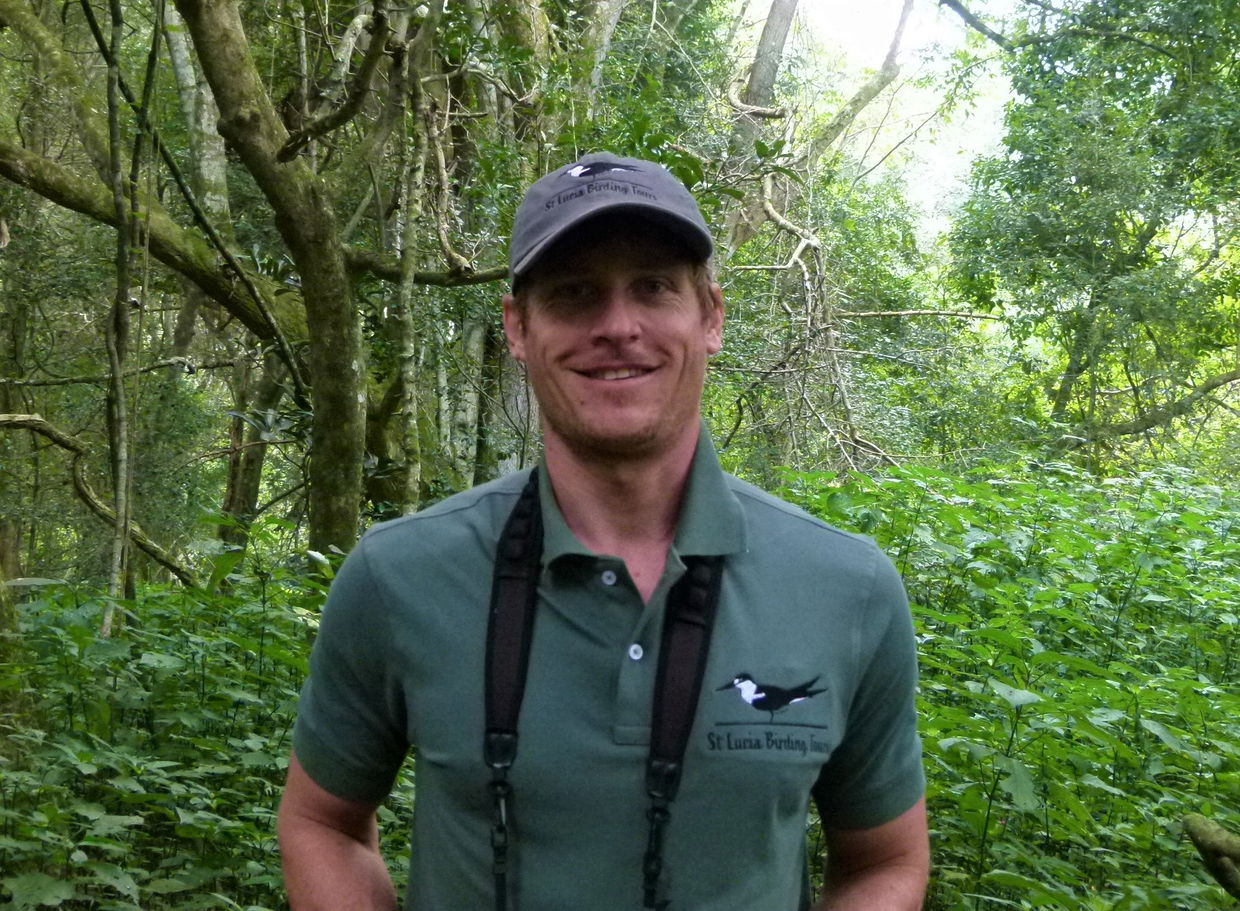
Ian doesn’t arrive with fanfare. He’s not the type. He’ll likely greet you with a quiet nod, a cap pulled low, and an easy smile – like someone who’s just noticed a lot more than he lets on. Not just your name and handshake, but the wagtail flitting past the fence, the distant rattle of a hornbill, the shift in the wind that means the tides are turning.
He grew up here. St Lucia’s forests, estuary edges, and dune paths have been his playground for as long as he can remember. That closeness shows. There’s nothing rehearsed about the way he moves through the bush. He notices things – bird calls, shifting patterns, subtle silences - and shares them without fuss, like someone offering you a glimpse of something they’ve always known.
And that’s the thing about Ian. He doesn’t just lead birding tours. He tunes you in. For the first ten minutes, you might still be adjusting your binoculars, trying to remember species names. But then something changes. You find yourself watching more and talking less. The tempo slows. You start to notice more than just birds – you begin to see how they fit.
By then, you’re not just following a guide. You’re walking with someone who’s part of this landscape - and who’s quietly letting you in on the conversation.
More About Ian & St Lucia Birding Tours
Ian runs St Lucia Birding Tours, a small, local guiding outfit rooted in his deep familiarity with this land. He doesn’t work to a script or rush his guests. Most days start with a check on the weather, a bit of quiet chat, and then the walk begins – unfolding naturally, shaped by the birds, the season, and the pace of the people with him.
Group sizes are kept deliberately small. There’s space to ask questions, stop often, and settle into the rhythm of the trail. Nothing is hurried. And no two walks are quite the same.
Ian offers three distinct birding walks – each with its own feel, habitat mix, and species to look out for:
---
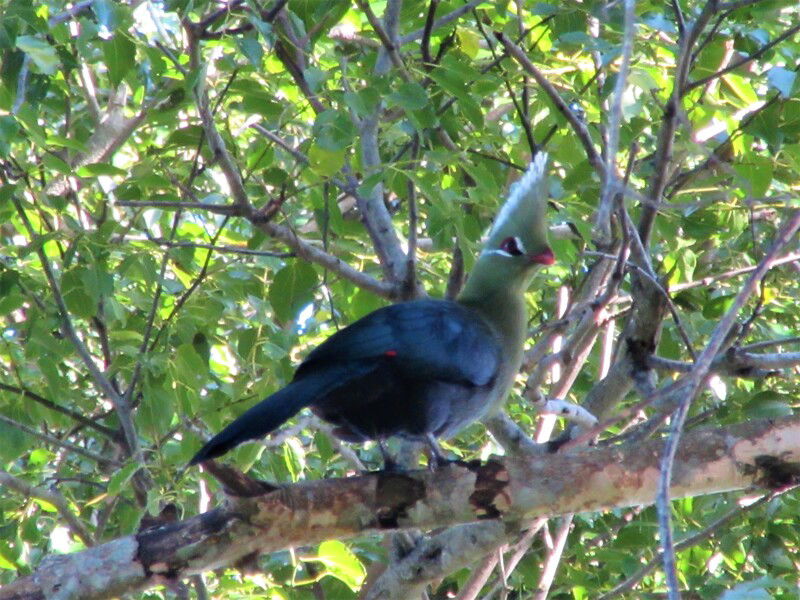
iGwalagwala Trail
Location: Edge of St Lucia town
Level: Easy, mostly flat and shaded
Duration: 2–2.5 hours
Best for: Beginners, families, travellers easing into birding, early-morning walks
Birds to expect:
- Livingstone’s turaco
- Green malkoha
- Blue-mantled crested flycatcher
- Yellow-rumped tinkerbird
- Narina trogon (occasionally)
This is a local favourite – easily accessible and close to most lodges, including Ingwenya. The trail winds through dense coastal forest, with boardwalks and well-trodden paths. It’s a calm, immersive walk with plenty to see and hear, especially in the cool stillness of early morning.
Seasonal note:
Summer (Nov–Feb): Expect more activity from migrants like the blue-cheeked bee-eater.
Winter (May–Aug): Brings altitudinal migrants such as the spotted ground-thrush, white-starred robin, olive bush-shrike, and chorister robin-chat.
---
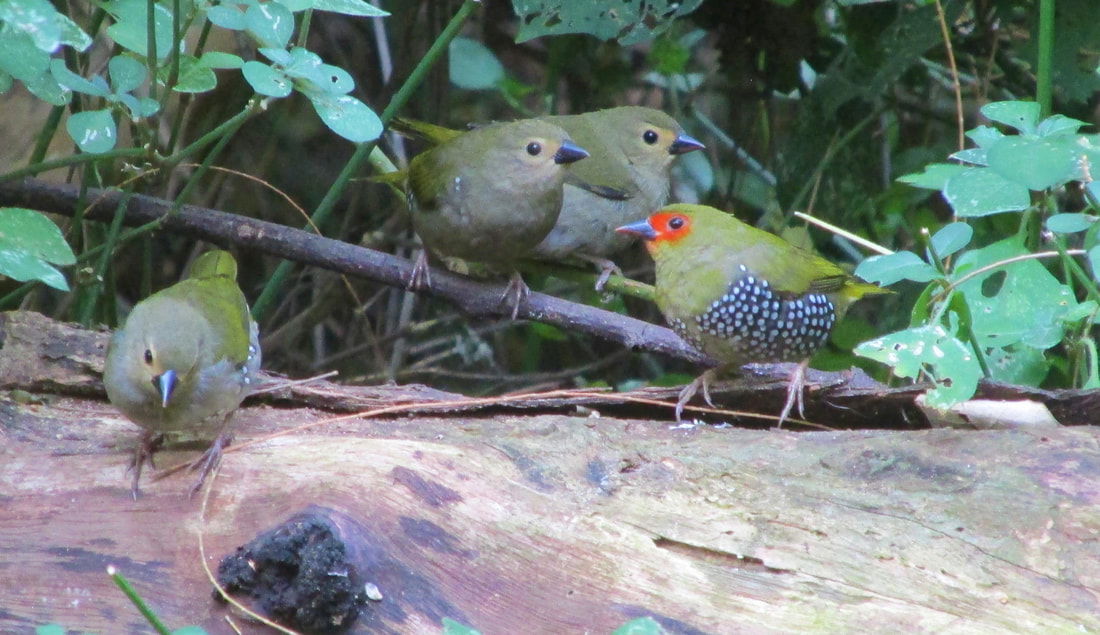
Wetlands / Forest / Grassland Walk
(formerly referred to as “Eastern Shores”)
Location: St Lucia Game Reserve (part of iSimangaliso Wetland Park)
Level: Moderate – includes coastal grasslands and forest patches
Duration: ±2.5 hours
Best for: More active walkers, photographers, and those wanting a diverse mix of species
Birds to expect:
- Green twinspot
- Brown scrub-robin
- African pygmy goose
- Malachite kingfisher
- Broad-billed roller (in summer)
- Raptors: Southern-banded snake-eagle, African crowned eagle, African marsh harrier
This trail takes in a wide range of habitats – forest, wetland, and open grassland – making it ideal for those wanting variety. It’s slightly more physically demanding than iGwalagwala but still manageable for most. Birders often pick up a longer species list here thanks to the changing terrain.
Seasonal note:
Summer: Insects and water attract more activity – great for seeing rollers, raptors, and summer migrants.
Winter: Offers better visibility in the canopy, and raptors are more easily seen cruising overhead.
---
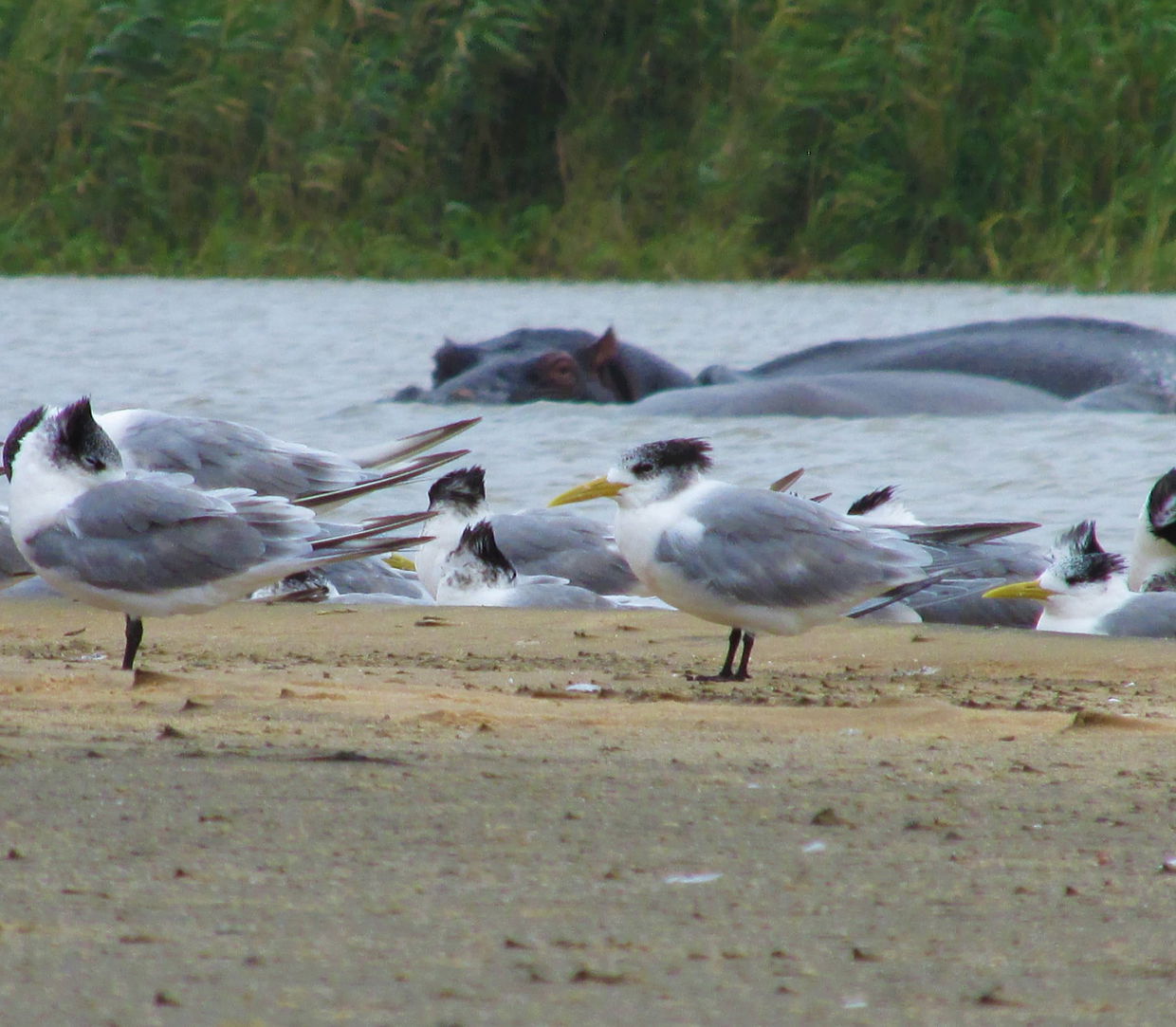
Estuary & Beach Walk
Location: Boardwalks, dune scrub, and estuary shoreline near the Lake St Lucia mouth
Level: Moderate – includes soft sand and undulating terrain
Duration: ±2.5 hours
Best for: Shorebird enthusiasts, waterfowl watchers, and those keen on estuarine habitats
Birds to expect:
- Greater crested tern
- African (black) oystercatcher
- Eurasian whimbrel
- Lesser crested tern (summer)
- Mangrove kingfisher (May–Sept)
- Palm-nut vulture
This walk explores a rich, dynamic ecosystem: mangroves, reedbeds, scrub, and tidal flats. The estuary mouth is a haven for shorebirds and roosting terns – up to six species in summer, three to four in winter. The shifting sands and brackish edge of the lake attract waterfowl, waders, and the occasional scavenging palm-nut vulture.
Seasonal note:
Summer: The best time for terns, waders, and shorebirds – many are seasonal visitors.
Winter: Ideal for mangrove kingfisher sightings and cool, crisp walking conditions.
---
Practical Bits & Booking
- Ian provides binoculars if you don’t have your own.
- Early mornings are best – cooler, quieter, and alive with bird activity.
- You’ll need comfortable shoes, a hat, and water.
- No experience is needed – just an interest in nature and a willingness to walk gently.
To arrange a walk or find out more, visit stluciabirdingtours.co.za
Into the Forest: The Tour Begins
You don’t start with a destination. Not with Ian. The tour begins when the noise thins out – when the gravel underfoot softens into sand, and the calls overhead start to layer. He moves ahead, unhurried, almost part of the treeline, his binoculars resting loosely against his chest. You follow, quieter than you expected to be, the way you might in a cathedral.
The path curves into coastal forest – dense, dappled, pulsing with life. Bush shrikes call from somewhere out of reach. A flash of colour, gone before you’re sure. Ian stops, listens, smiles. He doesn’t point at birds so much as invite you into their moment. Sometimes it’s a rustle in the fig tree. Sometimes it’s a barely-there flutter that reveals a narina trogon, perched in full view like a secret being kept just for you.
You start noticing things you wouldn’t have picked up on your own. The way a branch dips slightly just before a lourie lands. How certain calls bounce in different directions depending on the canopy. Ian names the birds quietly, not as a recital but more like sharing something he’s genuinely glad you’re seeing too. There’s no rush. No ticking boxes. Just a rhythm you settle into without realising.
There are no fences here. No stage-managed sightings. Just the steady, unfolding theatre of the bush – and someone who knows how to pause at the right line.
Why It Matters: More Than Birding
At some point, it hits you – this isn’t really about birdwatching.
It’s about being part of something that still works. Something that hasn’t been cleared, paved, or hurried along. Ian talks about this sometimes – not with doom and gloom, but with a kind of steady conviction. How the birds are more than just birds. They're markers. Indicators. If you know what to listen for, they tell you what’s happening in the ecosystem. What’s healthy? What’s out of balance? What might be coming?
He doesn’t lecture. He tells stories. About the mangrove kingfisher that didn’t show up one summer. Or the hornbill family that moved further inland. It’s subtle stuff. Easy to miss if you’re not paying attention. But that’s the point – birding with Ian slows you down. Makes you notice things again.
By the end of the walk, people usually aren’t talking about species lists or rare sightings. They’re just… quieter. A bit more thoughtful. Sometimes they’ll sit for a while without saying much. Watch the treetops. It’s not dramatic. But it stays with you.
Back at Ingwenya Lodge: Stillness After the Flight
The walk ends, but the watching doesn’t.
Back at Ingwenya Lodge, the forest feels closer somehow. Guests wander back to their rooms or gather quietly on the deck, eyes still scanning the trees without realising it. There’s often something to see – a sunbird in the hibiscus, a hornbill gliding over the lawn, or that same hadeda ibis poking around near the fence, acting like it owns the place.
Nobody says much. And they don’t need to. The pace of the morning still hangs in the air. You notice the breeze again. The way the light shifts across the estuary. Someone points out a bird they remember from the walk. Someone else says they might go again tomorrow.
This is what Ingwenya does well. It doesn’t compete with the wilderness – it gives you space to feel part of it. You’re not cut off here. You’re tucked in. A place where binoculars rest next to coffee mugs and where the sounds of the bush don’t end when the tour does.
Follow the Feathered Path
Not everyone comes to St Lucia for the birds. But those who do – those who walk the forest paths at first light, who learn to listen between the calls – tend to leave with more than they expected.
At Ingwenya Lodge, it’s easy to start small. You notice a call from the treeline, a flicker of colour near the garden steps. Then one morning, you find yourself reaching for the binoculars before breakfast. And just like that, you’re hooked.
If you’re curious, start with a walk. Book a morning with Ian Ferreira. You don’t need to know anything. Just bring a bit of quiet, a pair of shoes you don’t mind getting muddy, and a willingness to look up.
The rest, as they say, will find you.
ST LUCIA BIRDING TOURS
To arrange a walk or find out more, visit stluciabirdingtours.co.za
Further Reading
The African Fish Eagle is one of Africa's most iconic birds of prey, recognised for its striking appearance and distinctive call. For birdwatching enthusiasts, there is no better place to observe this majestic raptor than iSimangaliso Wetland Park, a UNESCO World Heritage Site renowned for its rich biodiversity. Nestled within this paradise, Ingwenya Lodge offers the perfect retreat for those eager to witness the African Fish Eagle in its natural habitat.
Why St. Lucia is a Top Birdwatching Destination Nestled in the heart of iSimangaliso Wetland Park, St. Lucia, KZN, offers an extraordinary birdwatching experience with over 530+ bird species thriving in its diverse ecosystems. This comes to a quarter of all the bird species found in Africa. Recognised as a UNESCO World Heritage Site, the park’s wetlands, coastal forests, and savannah landscapes attract both migratory and resident birds, making it a paradise...
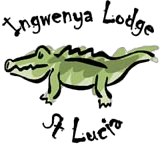

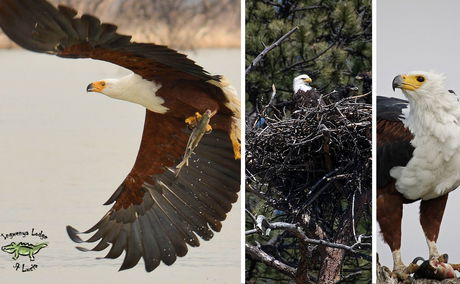
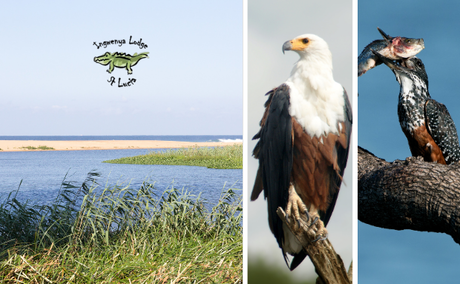
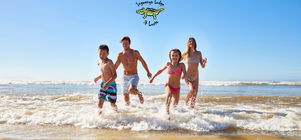
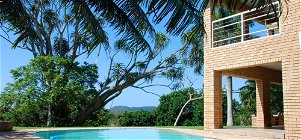

Share This Post